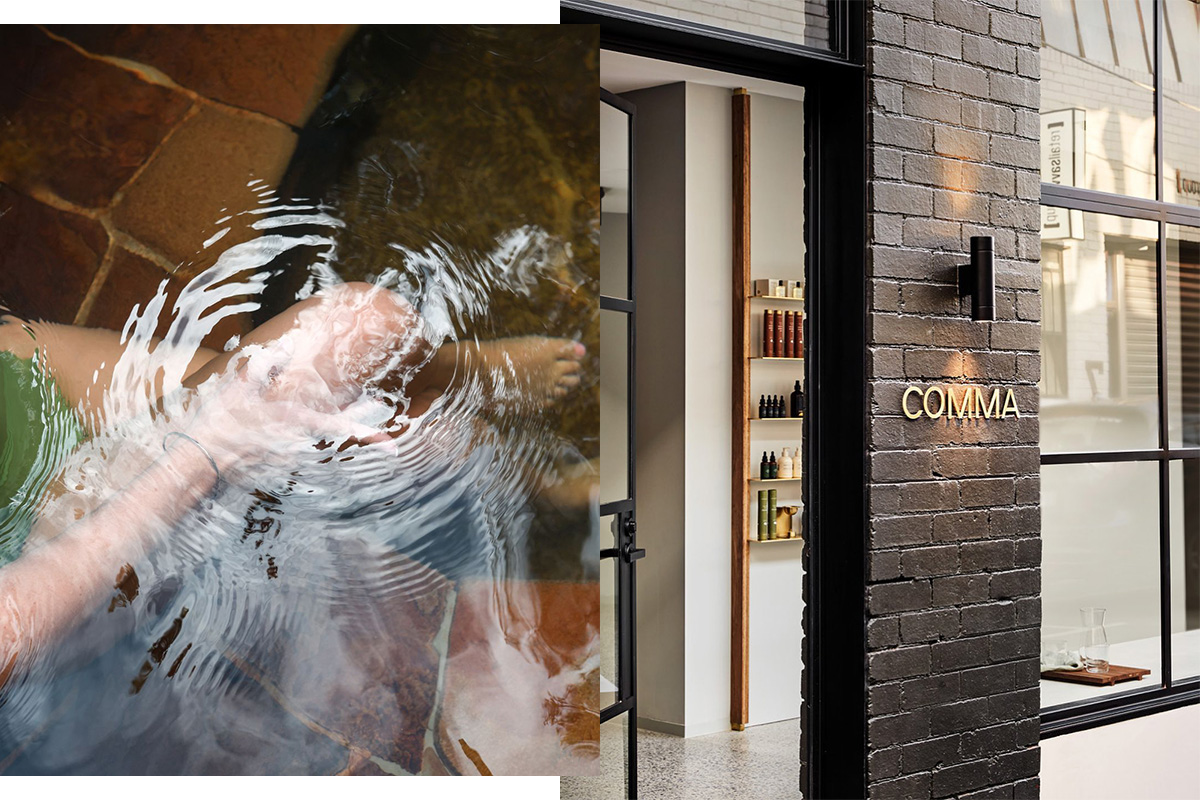
Intuition is a funny thing. Funny, and marvellous all at once. We know when to sense danger, when we’ve found ourselves in a precarious position, when the pasta might just be overcooking on the stove. There’s an instinct inside, circumnavigating us through life. If you’re one to have experienced love at first sight– or believe you have experienced it – then a knowledge of this feeling and its heightened grip on your intuition will be well known.
I remember feeling what I believed was love at first sight – at least, prior to conducting the research into this piece. It was a grim December day, the start of summer 2019, the sun restrained from shining in its full glory on the first day of its prime season. I wore a turtleneck and mini skirt – attempting to channel Pattie Boyd, obviously – to meet a man for lunch. Feelings of nervousness interpolated with intrigue mingled in my mind, and I recall seeing him walk in to greet me, slightly bashful yet warm.
It’s a paradoxical feeling of not knowing, yet instantly knowing this person is for you. Excitement, exhilaration, a rush of urgency to know them intimately; it is an infatuation, high in passion, in an absence of intimacy and commitment. A love that has no past.
Love at first sight differs from the love experienced in long term relationships and is categorised as non-prototypical of love, defined as a “distinctive kind of romantic love.” As it is its own form, it holds its own characteristics: heat, immediacy, excitement and, most importantly, passion. Those claiming to have fallen in love at first sight report greater passion than those with a more gradual relationship development.
“It takes about one hundred milliseconds to evaluate a potential sexual partner, according to [Anthropologist Helen] Fisher,” says clinical psychologist Dr Patricia Purnell-Webb, a clinical and Senior Certified Gottman Method Couples Therapist. “If after that split second, we deem a person to be attractive, then our animal-like instincts kick in and we move physically closer to them so that we can use our sense of smell to evaluate the pheromones [they] are giving off. Pheromones are scented chemicals that act like hormones outside the body; they are a primitive form of communication.”
In addition to the rush of pheromones, a surge of the hormone Oxytocin also impedes our analysis of a potential partner. Colloquially known as the cuddle hormone, Oxytocin stimulates the secretion of a range of neurotransmitters – molecules acting as chemical messengers – including Dopamine and Norepinephrine. These molecules alert the brain, creating a sensation of deep pleasure and contentedness, much associated with the feeling of love.
“Oxytocin compels us to get close – when we are feeling close to somebody else, we secrete more of it,” continues Dr Purnell-Webb. “We also often refer to Oxytocin as the hormone for poor decision-making; it makes us become a bit obsessed and compulsive. It also makes us view things [and/or] people in a much more positive light, ignoring the negatives. The more signs you get from the other person that they are interested in you, the more oxytocin is released.”
One key theory of why love at first sight is claimed is the idea of construed memory, of looking back with rose-tinted glasses at the infancy of the relationship. Rather than being a discrete experience or feeling, it becomes a “confabulated memory,” adding meaning and uniqueness to the relationship, something created in order to enhance it. With this, hindsight and the idea of outcome bias – whereby if an exploit is successful will determine how it is viewed – also contribute to the frequency at which love at first sight is reported. Dr Purnell-Webb says this is often directly linked to the Oxytocin released.
“The hormonal experience can be so strong that it creates a very strongly encoded memory, like a peak experience, and we can remember these sensations very clearly over the years – we tell ourselves this was proof of love at first sight if our relationship lasts the test of time,” explains Dr Purnell-Webb. “For those who don’t survive the second stage of love, which is the trust building stage, they tend to look back and say, “I thought it was love at first sight, but I was wrong.” The reality is it feels pretty much the same for everyone at the beginning, but not all relationships survive because at least 50 per cent of couples are not able to build trust.” If our initial belief of seeing a future with this person comes to fruition, individuals claim they held love at first sight all along, independently of how certain they initially were.
Physical attractiveness has consistently been shown as a strong predictor of attraction and choice in partner, something all of us can understand. What drew you to your current or previous partners? One can safely assume an element of their physicality was an immediate qualifier, their smile, eyes or free-flowing mane. Intimacy and emotional closeness develop and evolve over time through mutual sharing and understanding, rather than established at a first glance. However, it is possible to experience passion at zero acquaintance, with passion tying into the physical attraction qualifier.
“In the beginning, it is all about physical attraction. The person has to look right, smell right, taste right when we kiss them, and then it primarily becomes about how we treat each other,” explains Dr Purnell-Webb. “If we treat each other well and we learn how to meet each other’s needs, and we do that consistently over time, then we make it into the third stage of love, loyalty. This looks a lot like unconditional love and positive regard.”’
Yet we can be reticent to report this feeling entirely, regardless of how strong it may be. As love at first sight can be unrequited, and therefore a negative experience, this may explain why most people only report a love at first sight experience once in their lifetime. Reciprocity has always been a strong predictor of attraction and claiming love at first sight retrospectively means there is less likely to be a rejection or one-sided view of the relationship than if claimed an hour or two after meeting. It is the embodiment and height of “coming on too strong.”
One characteristic of the long-term relationship I abhor is the narrative of your spouse as an inconvenience, that they have simply become a cog in the wheel of your life. The person you expect to perform certain day-to-day tasks, like cooking a meal at the end of the day or tending to the weekend chores.
Love is a precious, rare thing to find and reaching a point where this is reduced and taken for granted seems a sad – yet readily accepted – part of life. While the initial infatuation and abundant passion felt with love at first sight isn’t necessarily sustainable, we can look to other techniques to recognise our spouse as the relationship grows with us.
“To love someone is to be actively loving, taking lots of opportunities to demonstrate that your partner is important to you, that you value them in your life, that you care about their happiness and well-being as much as you care about your own, really getting to know you each other and creating meaningful rituals of connection,” says Dr Purnell-Webb.
They say love is a verb, not a noun. It is an action we are constantly employing and bettering as we grow with those closest to us. After that first lunch meeting, the summer to follow was spent by the sea, traipsing across wineries and nights spent on the mid coast of South Australia, learning to love, or at least, open to the idea of loving. Love at first sight? Looking back with my knowledge now bolstered, I still like to think so.



